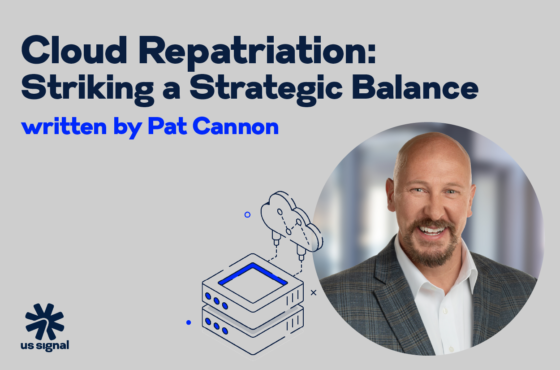Beyond IoT: Object Storage Use Cases
November 3, 2017
Cloud, IT Security, Storage
It seems many discussions on object storage inevitably bring up the Internet of Things (IoT). That’s because IoT devices are big contributors to the explosive growth of data. According to IDC, the total amount of data is expected to hit the 44-zettabyte mark by 2020. Much of it will need to be stored somewhere, and object storage offers among the most cost-effective means. However, there are plenty of less-talked-about but extremely important use cases for object storage that shouldn’t be missed. Consider these scenarios.
- A law enforcement agency needs to store body cam, surveillance and drone videos, as well as crime scene evidence so that it remains secure yet accessible while complying with legal requirements.
- A health organization must house electronic medical records for its past and current patients to meet government mandates as well as for analytics and use in diagnoses.
- A research organization requires a means for storing large sets of experimental and observational data that can be searched for and extracted from a portal by researchers and collaborators around the world.
- A developer needs to retain 3-D renderings and building information model (BIM) data files for all it projects for insurance purposes and future building updates.
- A trading firm is required by law to store a copy of all communications with clients, including emails, phone calls, and instant messages, but needs to ensure that access to specific information is restricted to specific audiences.
Object storage can meet the needs of all these cases by offering resiliency to ensure data integrity; scalability to meet large amounts of data; accessibility so the data is available when and where needed; and cost effectiveness to keep it affordable.
Is Object Storage Right for My Organization?
To determine if object storage would be a good fit for your needs, ask yourself these questions:
- Do you have large quantities of unstructured data, including large file types such as photos, graphics files, video footage, audio files, medical images, sensor data, satellite images, log files and others?
- Is the data non-transactional, and is it unlikely to change or be frequently accessed?
- Could the data require anytime, anywhere access?
- Can you get by without low latency or high performance?
- Will the data require high resilience and durability against disk, node or site failures, as well as bit rot?
- Is scalable, long-term storage required but using SAN arrays designed to host virtual servers or highly dynamic application systems would be cost-prohibitive?
- Are you required to store the data for certain periods of time due to a regulatory or legal requirement?
If you answered yes to the preceding questions, object storage may be a good option. If you still need a reason to consider object storage, here’s something else to think about: cost.
Your CFO Will Be Onboard
If you have data that isn’t actively being used, you can save money by moving it from your primary storage to object storage. Object storage costs less than most forms of primary storage. Plus, simply reducing the primary storage you must maintain, power and cool generates savings in your operational expenditures. Since you no longer have to backup data from the primary storage system, there is also an associated reduction in backup system costs.
To learn more about how to use object storage, call 866.2. SIGNAL or email [email protected]. Take a further look at what is offered in US Signal’s object storage services.


